
5 things to know about Winnipeg’s big sewage problem
115 billion litres, 70 years to fix, $5.5 billion in lawsuits
Editor’s Note: This photo essay was created in collaboration with The Tyee.
Wednesday, June 30, 2021: the day British Columbia came out of a 67-week state of emergency. The day before an unmarked Canada Day. The day the town of Lytton burned down.
We shouldn’t have been surprised. Three days of high temperatures had shattered all-time temperature records, with Lytton, B.C., reaching an unfathomable 49.6 degrees — the highest temperature ever recorded in Canada.
British Columbia had already seen an unparalleled death toll that week — hundreds of sudden deaths brought on by “a heat onslaught more intense by some measures than anything in global records,” says Bob Henson and Jeff Masters from Yale Climate Connections, in an article for The Tyee. Many who died were found alone in their homes waiting for overrun paramedics to arrive.
And then the Lytton wildfire happened.
With only 15 minutes to gather their belongings and evacuate the town, Lytton residents fled in all directions, not knowing which, if any, direction was safe. By the time I arrived on July 2, residents had been constantly on the move finding loved ones, animals and places to sleep. Lillooet had been evacuated, re-evacuating those Lytton residents who headed north and Kamloops was under threat of intense lightning storms, which would set the city on fire that same evening. Oh, and more evacuations and re-evacuations.
I was interested to know how residents in these highly affected areas felt about climate change and its role in the wildfires. It was barely July and our province was on fire. What I found even more disturbing is that First Nations account for 40 per cent of evacuations in Canada, yet make up only four per cent of Canada’s overall population, according to climate author and Queen’s University Fellow Ed Struzik. This overrepresentation speaks to the vast, systemic inequalities in Canada, a country seemingly obsessed with covering up examples of environmental racism.
I received the full spectrum of opinions on climate change, from “it’s climate change — it will change. It’ll be hot, then it’ll be cold. It’s fine,” to “If we don’t start treating this planet with respect, we’re doomed.” What was made clear to me is that in a time of crisis people step up to help. Whether it’s giving, receiving or distributing donations, housing, feeding or uplifting spirits, both individuals and whole communities have given up their time and sleep to look after the needs of others. Let me introduce you to a few of these heroes.

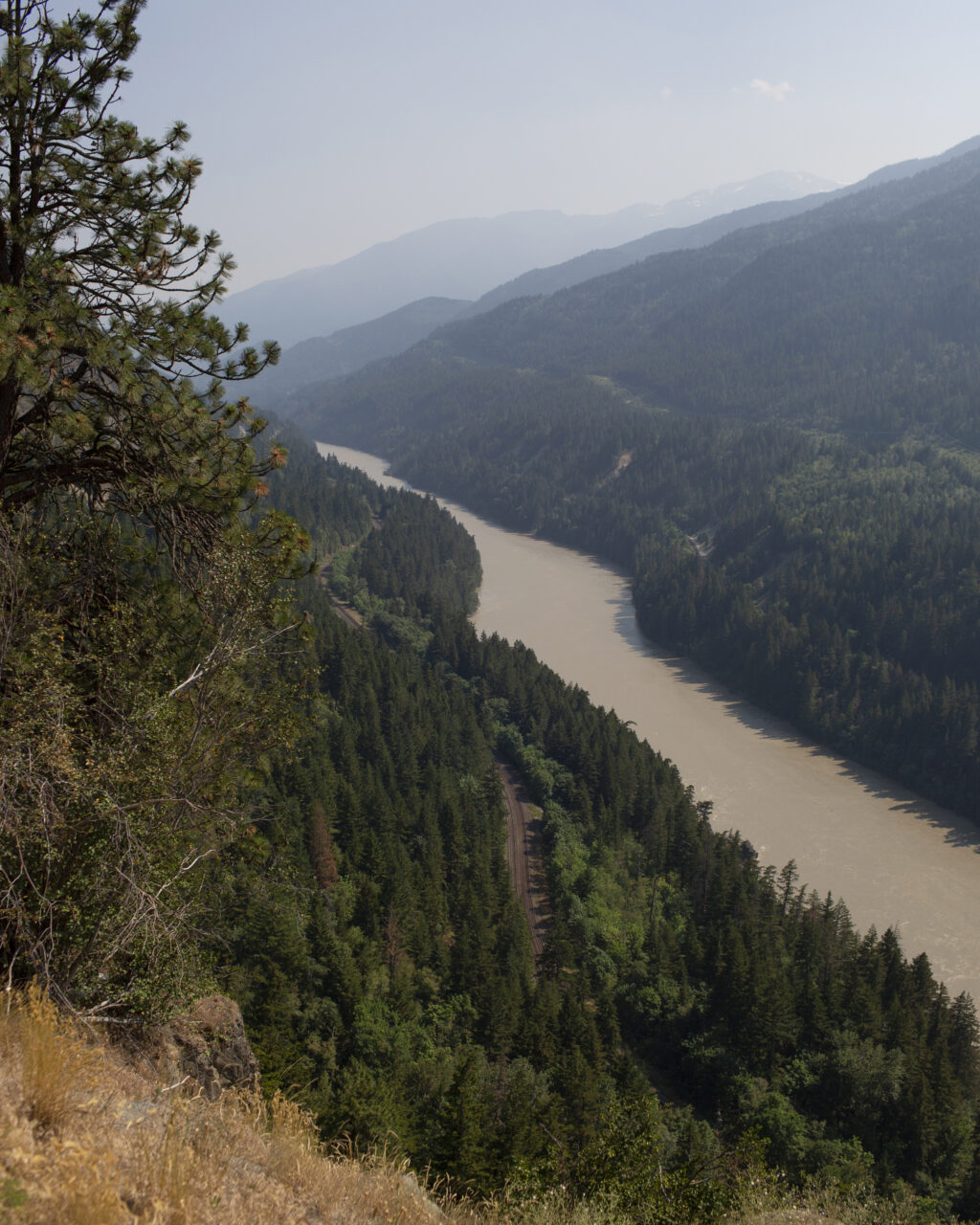

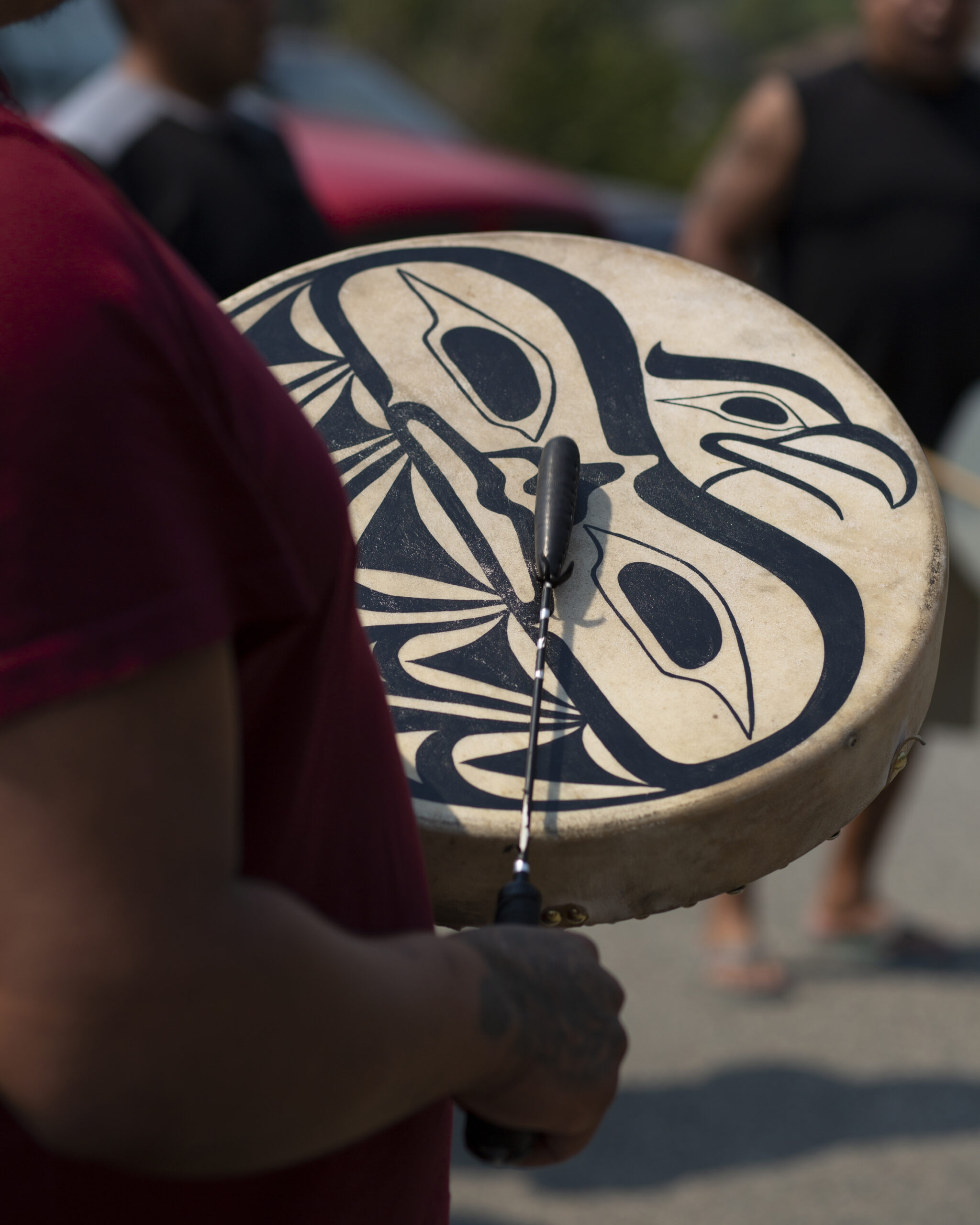
Members of the Siska First Nation welcome the River Spirit Canoe Family, who have travelled to Siska offering their help and support. “We know you. We love you. We respect you. This is the least we can do for you,” says Russell Williams, member of the River Spirit Canoe Family.
Siska is located 10 kilometres south of Lytton. The Siska community regard Lytton as part of their home.
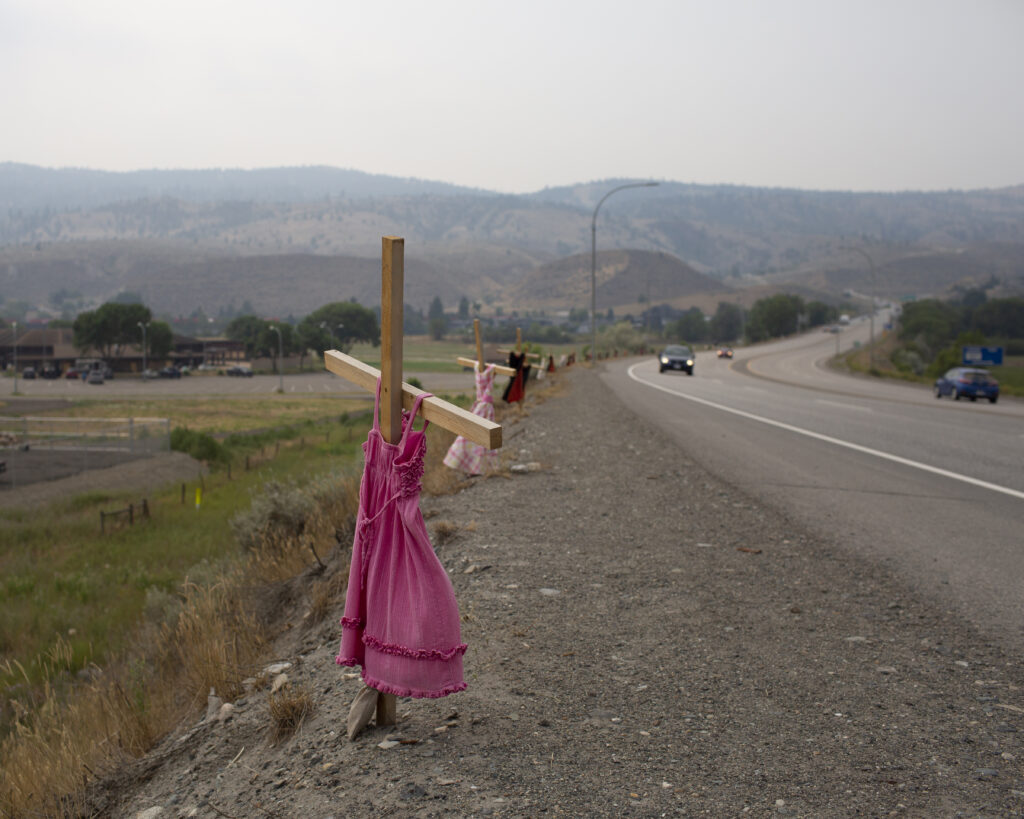
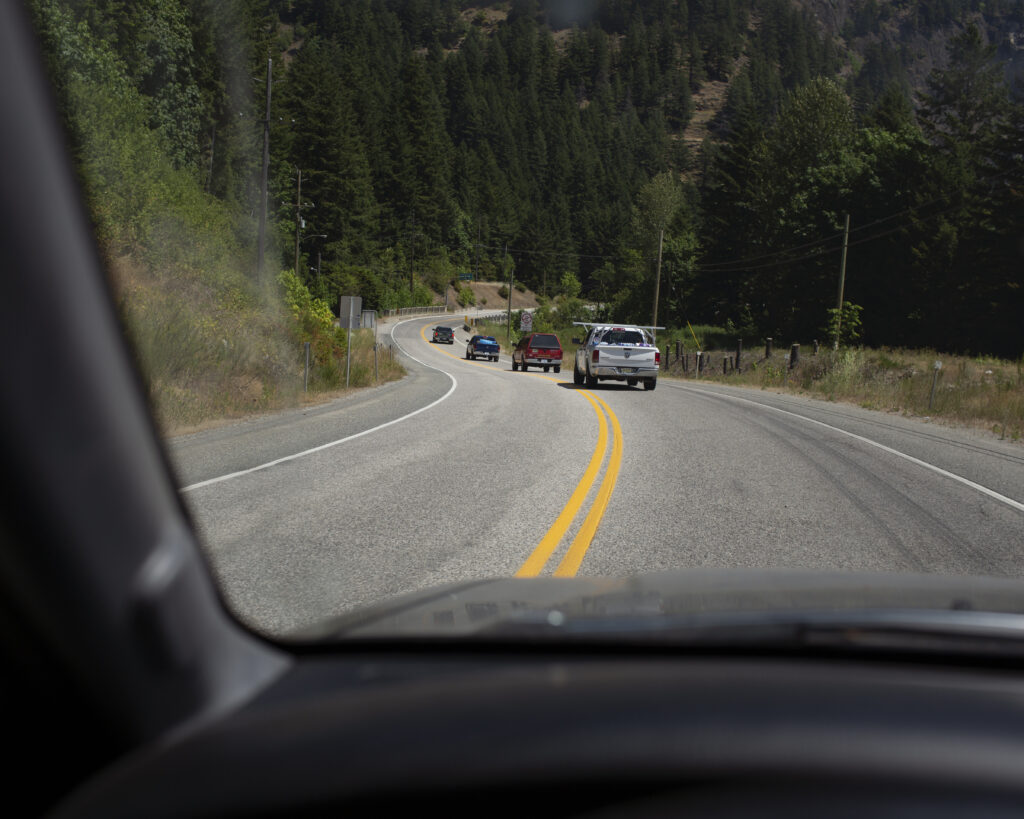
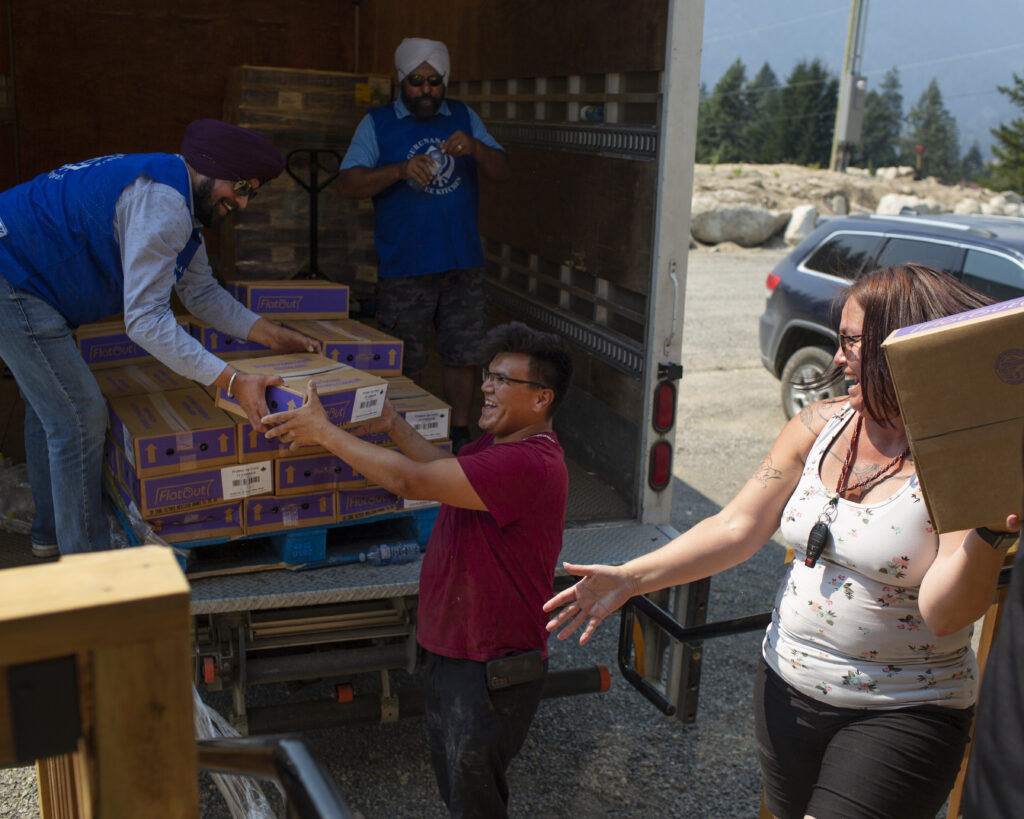
Wind played a huge role in spreading the wildfire at great speed. According to CBC, 71 km/h winds pushed the fire north into the Lytton community, engulfing it so quickly that residents were given only 15 minutes to get out, dispersing them in all directions.
Tyrell Kenworthy is an elected Councillor and emergency response manager for Shxwhá:y Village.
When Kenworthy saw that a member of the Cheam First Nation had started taking donations for the Lytton evacuees, she told him that she would open Shxwhá:y Village Long House for lodging if needed. “It escalated from there,” she says. Members from Cheam First Nation delivered a truck and trailer full of donations to Shxwhá:y Village, where Kenworthy and volunteers began receiving and organizing them.
Along with Skwah and Teddy’s Homes — which provides homes for children and youth in care — they’ve created a ‘Cultural Welcoming Centre’ for any evacuees in Chilliwack. “As First Nations People, we know the importance of their wellbeing and with a lot of people being traumatized from having to leave their homes, we wanted to be here to support all of the families in any way that we can,” Kenworthy says. Anybody that has been evacuated can turn up at the Shxwhá:y Village Long House and stock up on what they need — toiletries, clothing, food — as well as stay for dinner and singing each evening. “We want to take care of their spirit, take care of their wellbeing — try to heal them a little bit. I know that it’s a long road to healing, but we’re here to uplift them in any way that we can.”
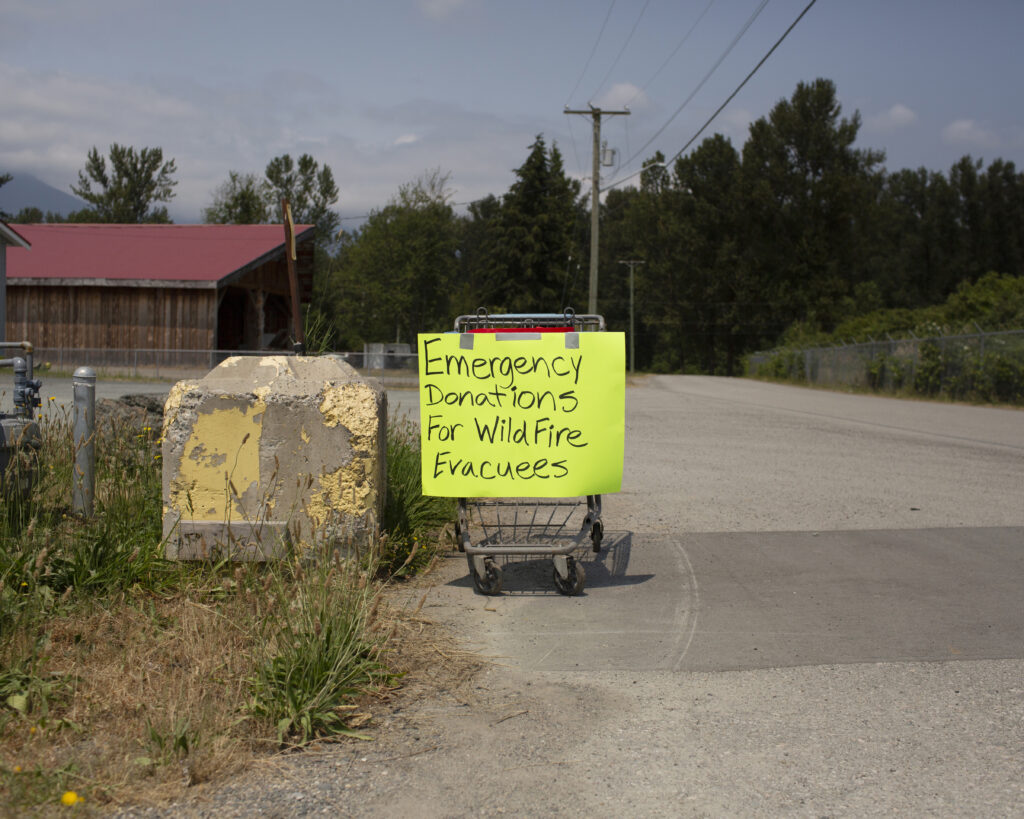
When I asked Kenworthy what role she believes climate change has played in the extreme weather events in the region, she said “climate change has really affected our First Nations People.” She told me that last year the salmon were so scarce that her community barely made it through the off-season. As people who live off the land, climate change has a much greater impact on First Nations Peoples than on those less connected with their environment. “We look after the land and we live off the land,” says Kenworthy.
Kenworthy explained to me that as well as assisting any evacuee that need their help, her community is also assisting the province. “They need that Indigenous community drive work ethic that we have because we know so many people and we know how to communicate.”
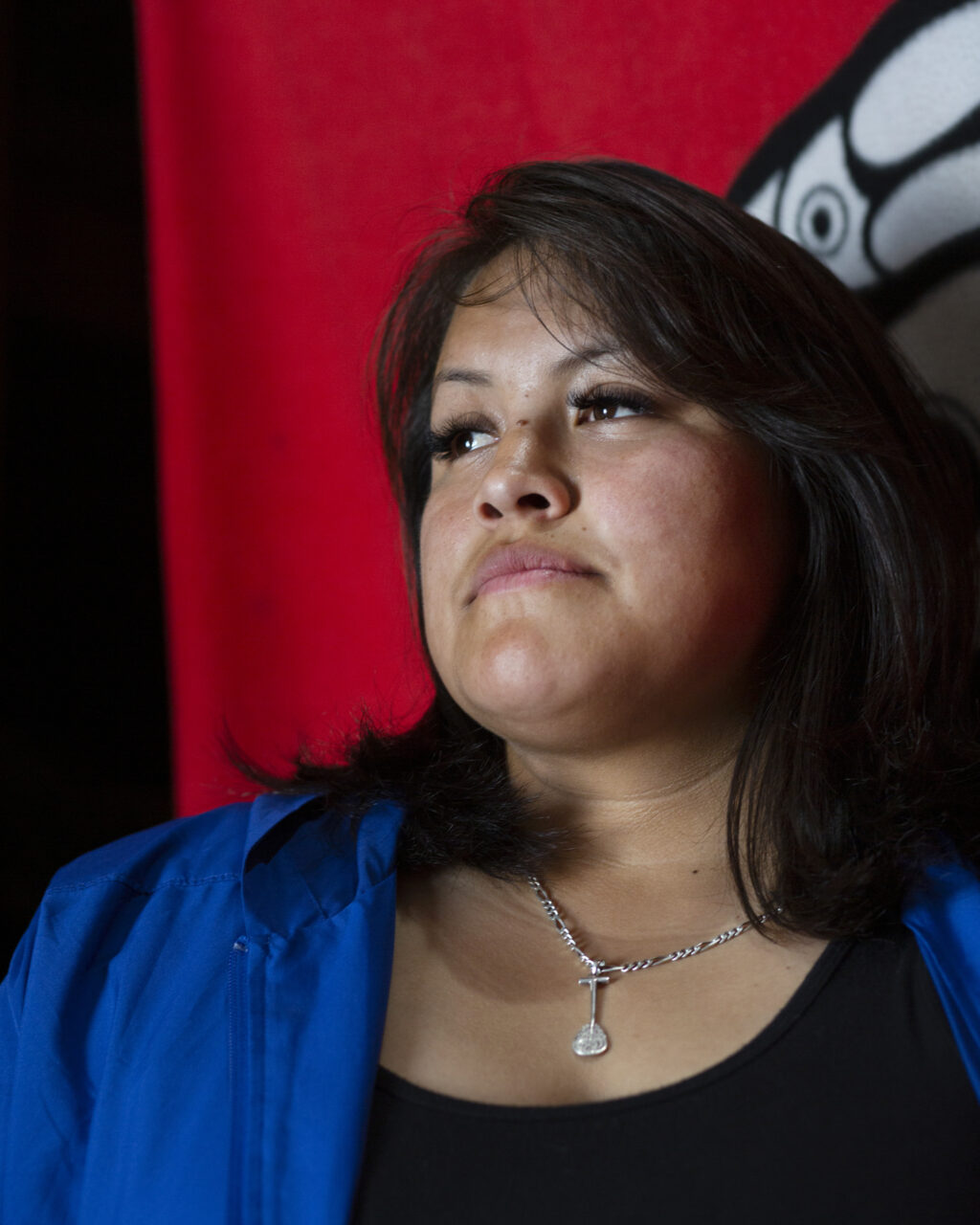

Just two weeks prior to the Lytton fire, Prest and Kenworthy “unofficially agreed” that they would act as the emergency social services for evacuees anywhere in B.C. “We just knew that we were capable of doing it and that we would work together in order to do it.”
Kenworthy explained that unlike the dry lands of the Interior or the ocean towns, Chilliwack is well situated to avoid disasters from extreme weather events. “We’re just ready,” she says.
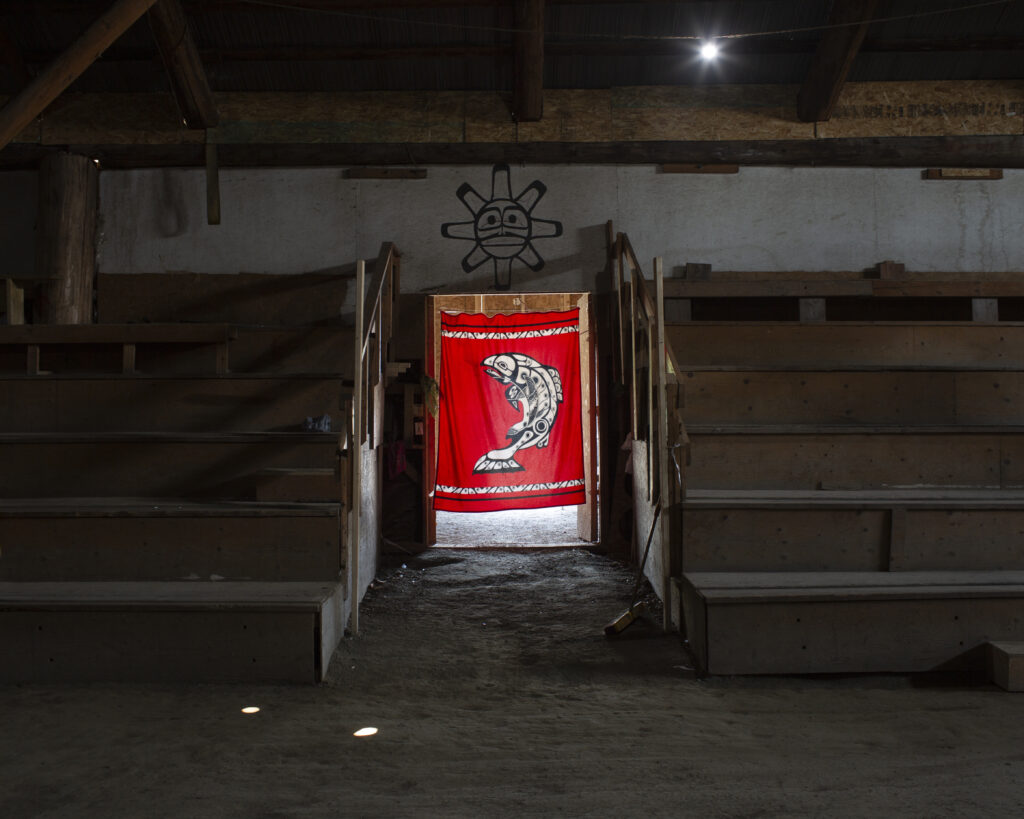
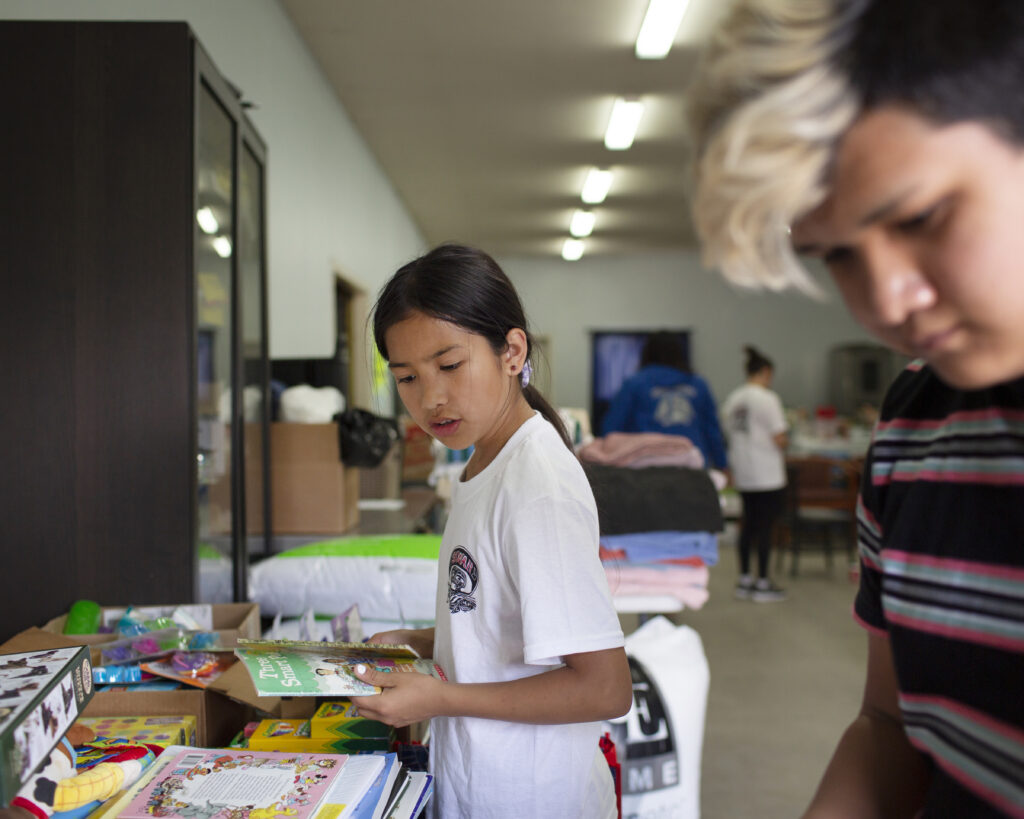
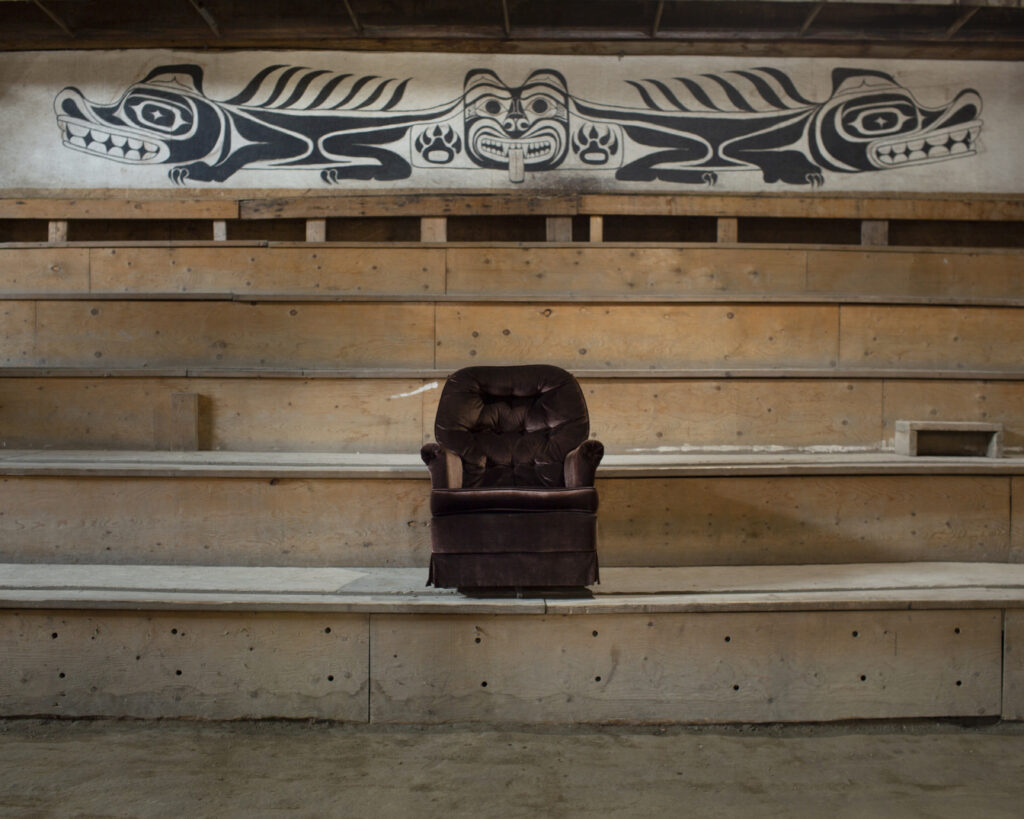
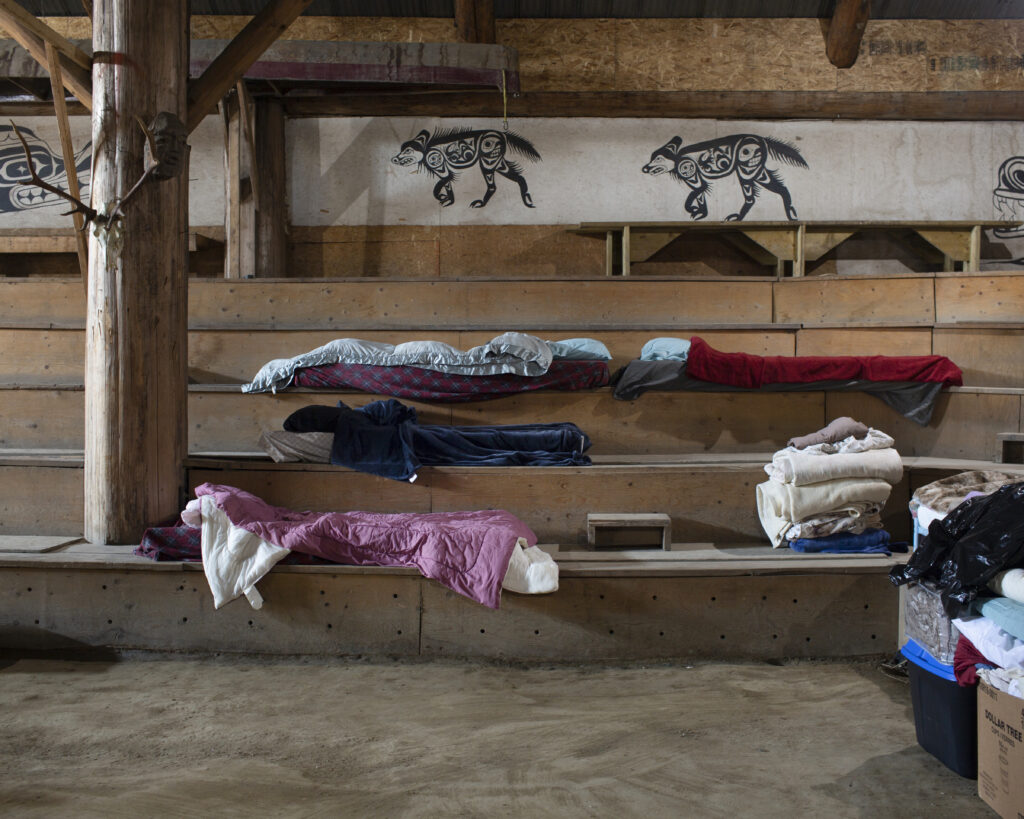
After returning home to Chilliwack at 4:30 a.m. after delivering water to firefighters in Lytton, Kenworthy received a phone call from a Lytton family. They’d been driving around all night and morning with nowhere to stay and were outside the Long House. Kenworthy rushed back to let them in to lay down and rest.
“We had our morning crew take care of them, offering coffee and breakfast and filling their car with groceries for the next day.” The family moved on, hoping to find somewhere cooler. The Long House, spacious as it is, bakes in the heat and has no air conditioning.

“We’re very lucky with all of our First Nations People being fully vaccinated, we’re able to hold hundreds of people to sit here and share an evening together to rejuvenate,” Kenworthy says.


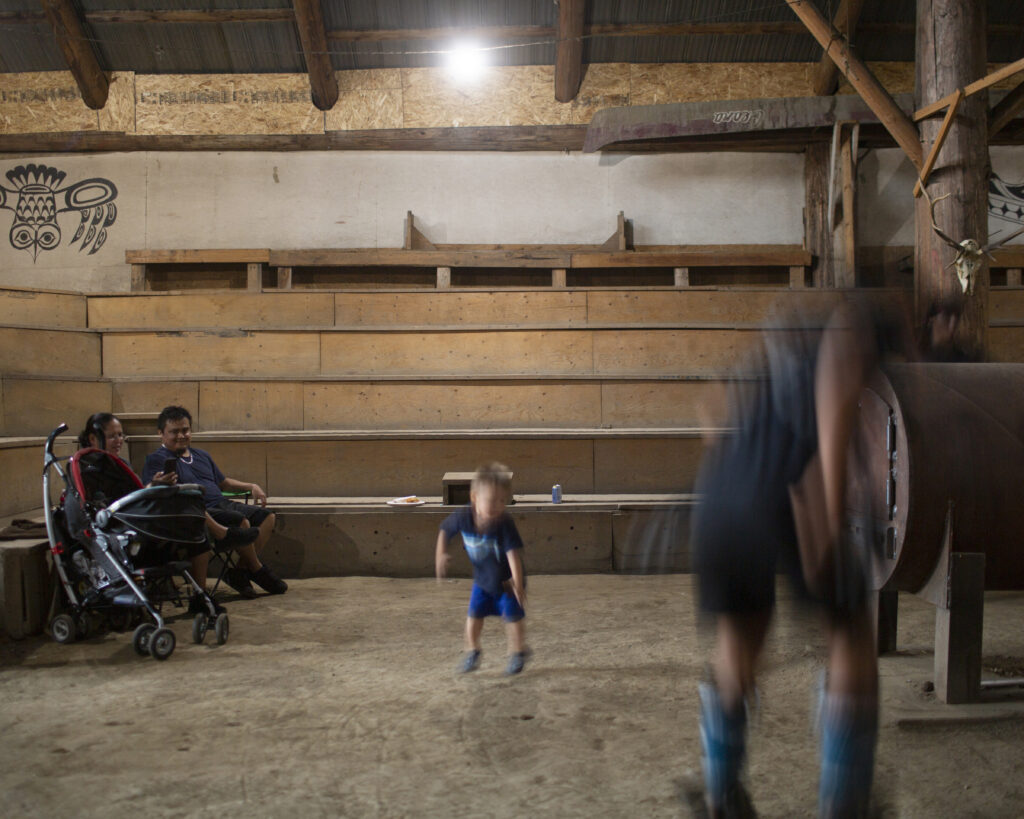
“They’re carrying on for those who couldn’t — who couldn’t have children or practice their culture. These kids are so full of culture. It lifts our spirits.”
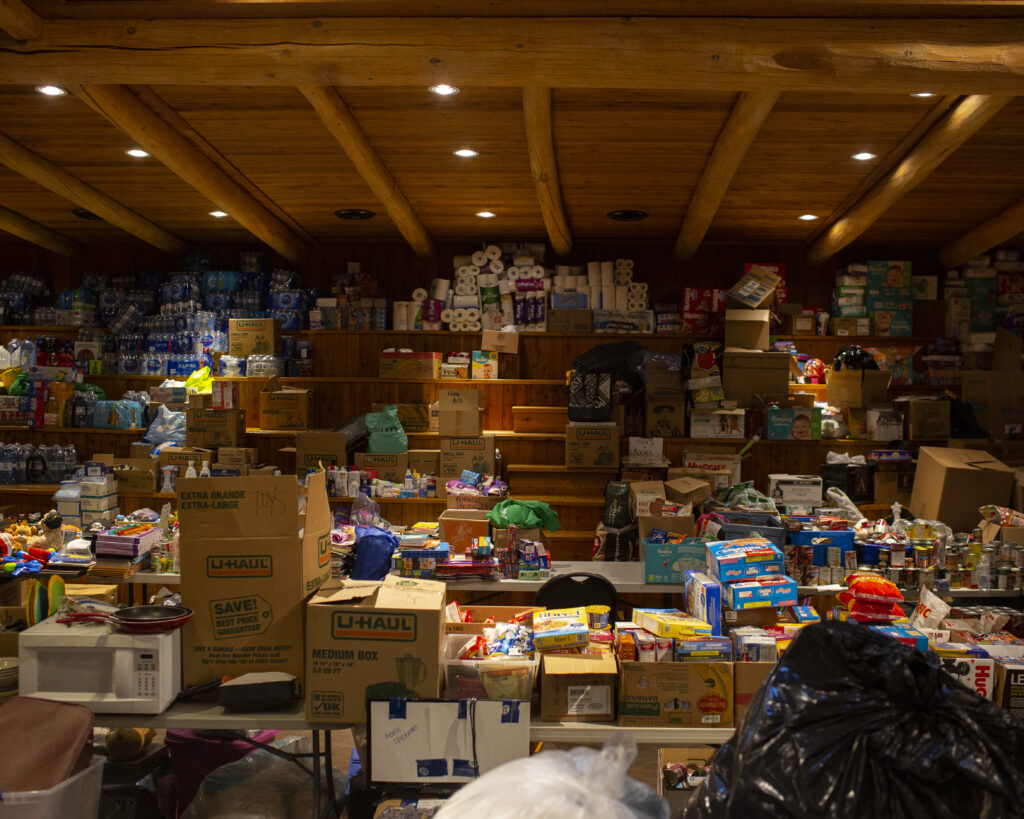
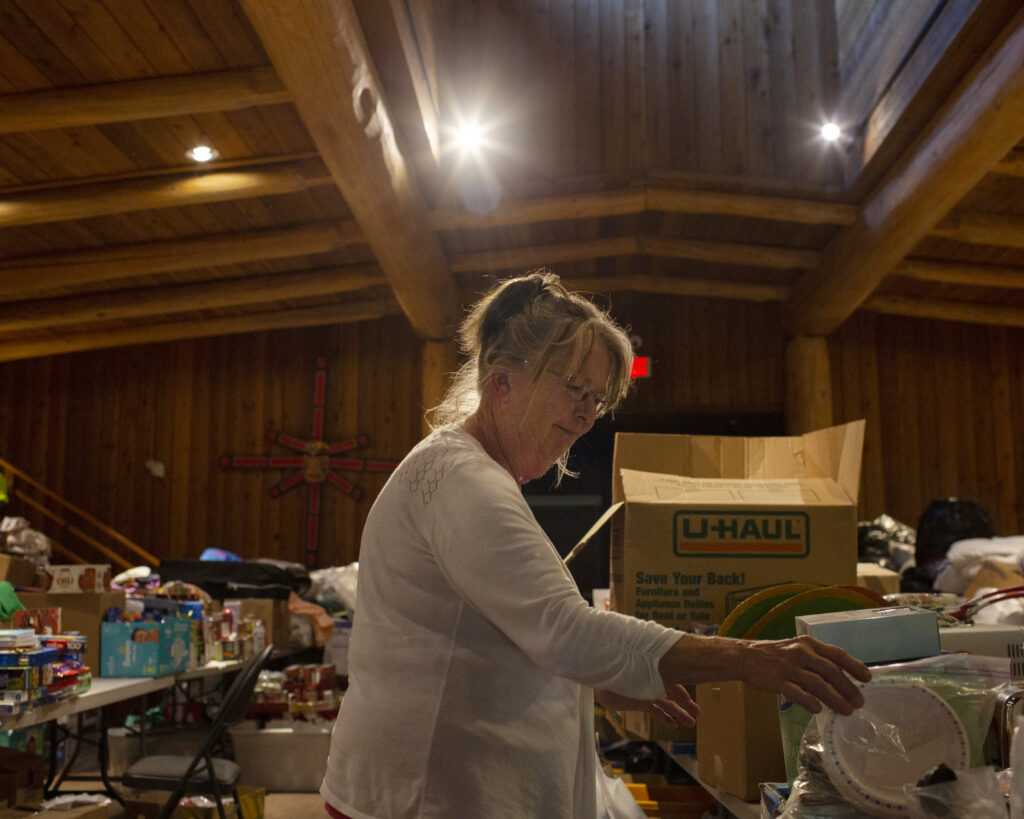
The campground is equipped with washrooms, showers and trees for shade. “An amazing thing that happened is that somebody donated their Airstream to us, so we’ll be able to provide a more robust temporary shelter for families.”
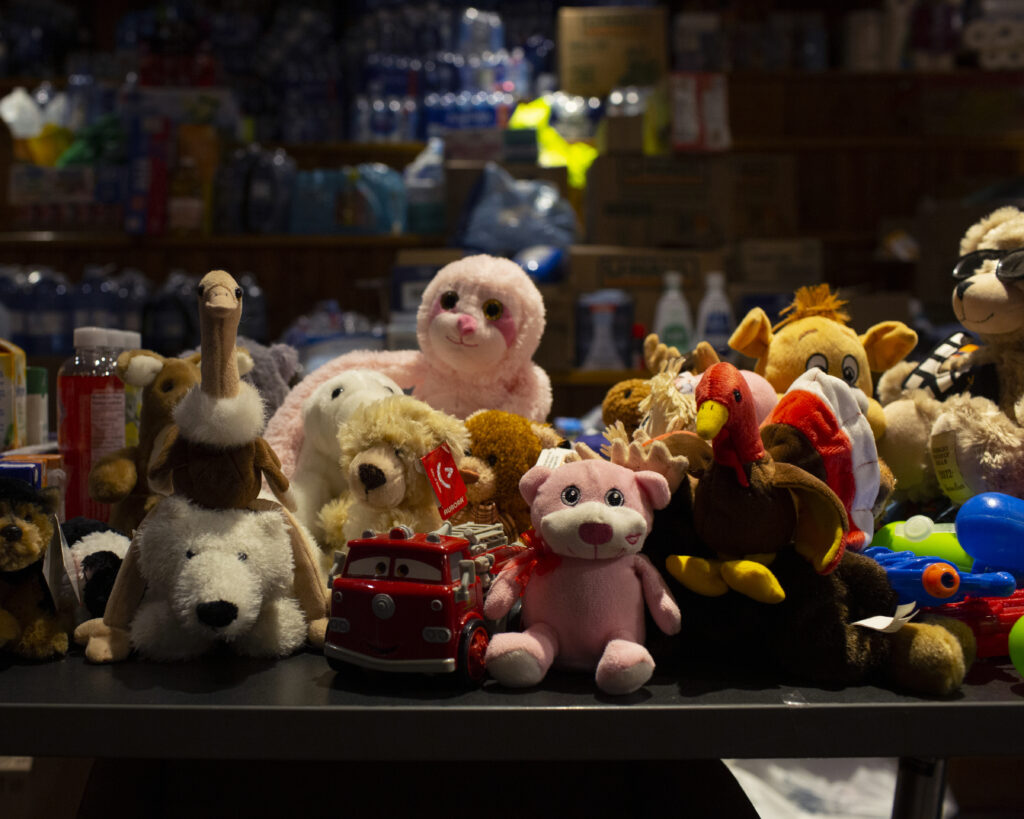
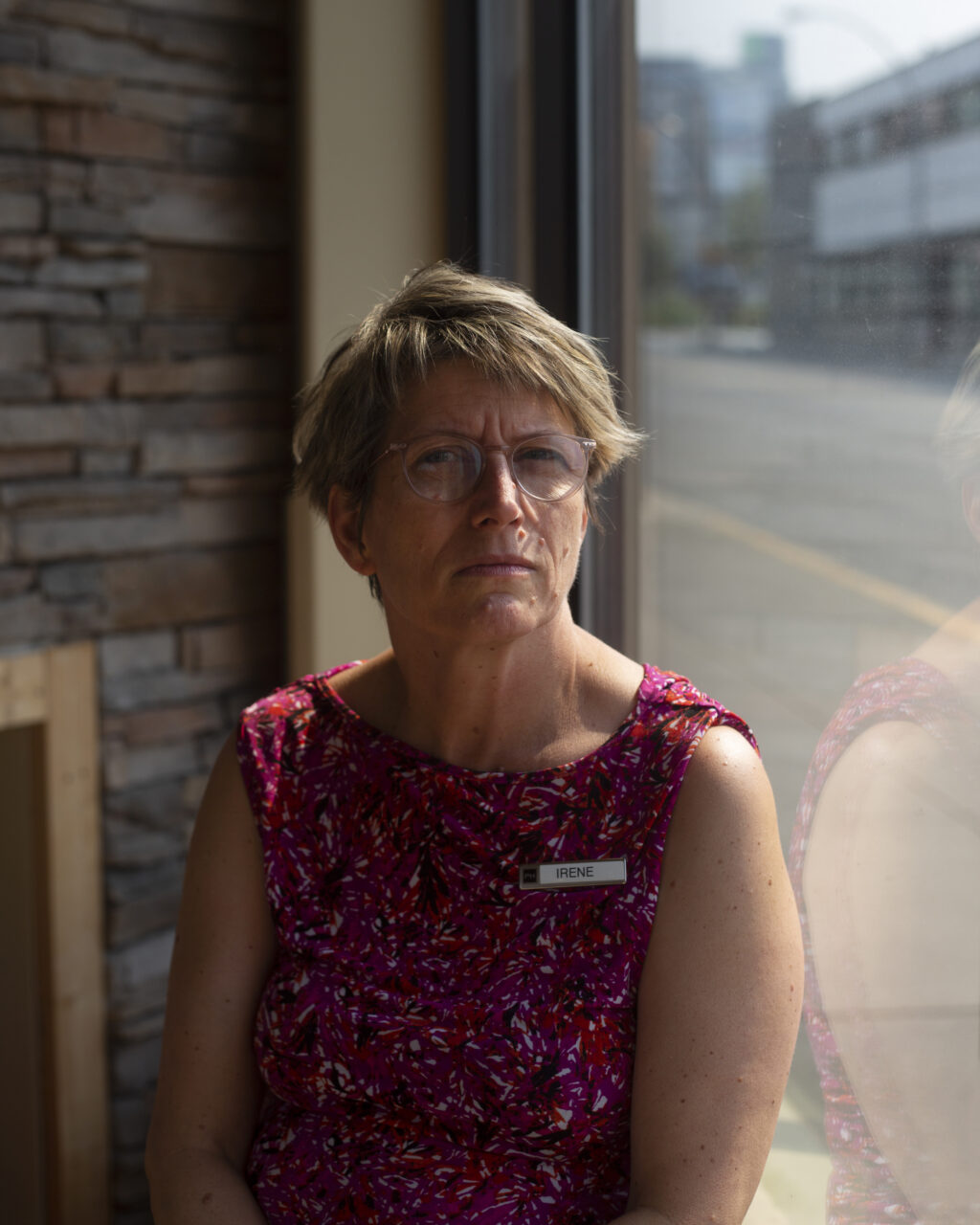
Irene Klossner works at the front desk of the Plaza Hotel in Kamloops. The hotel has been housing evacuees and pilots from Lytton and the nearby fires. One evacuee from Savona, just west of Kamloops, has her two dogs, cat, two birds and a lizard staying with her at the hotel. “The community just gets together and tries to be flexible. It’s all we can do, right?” she says.
Klossner has lived in Kamloops for five years. After the third fire season, she was diagnosed with a breathing disorder. “I try to put my head in the sand and say I don’t have anything, you know?”
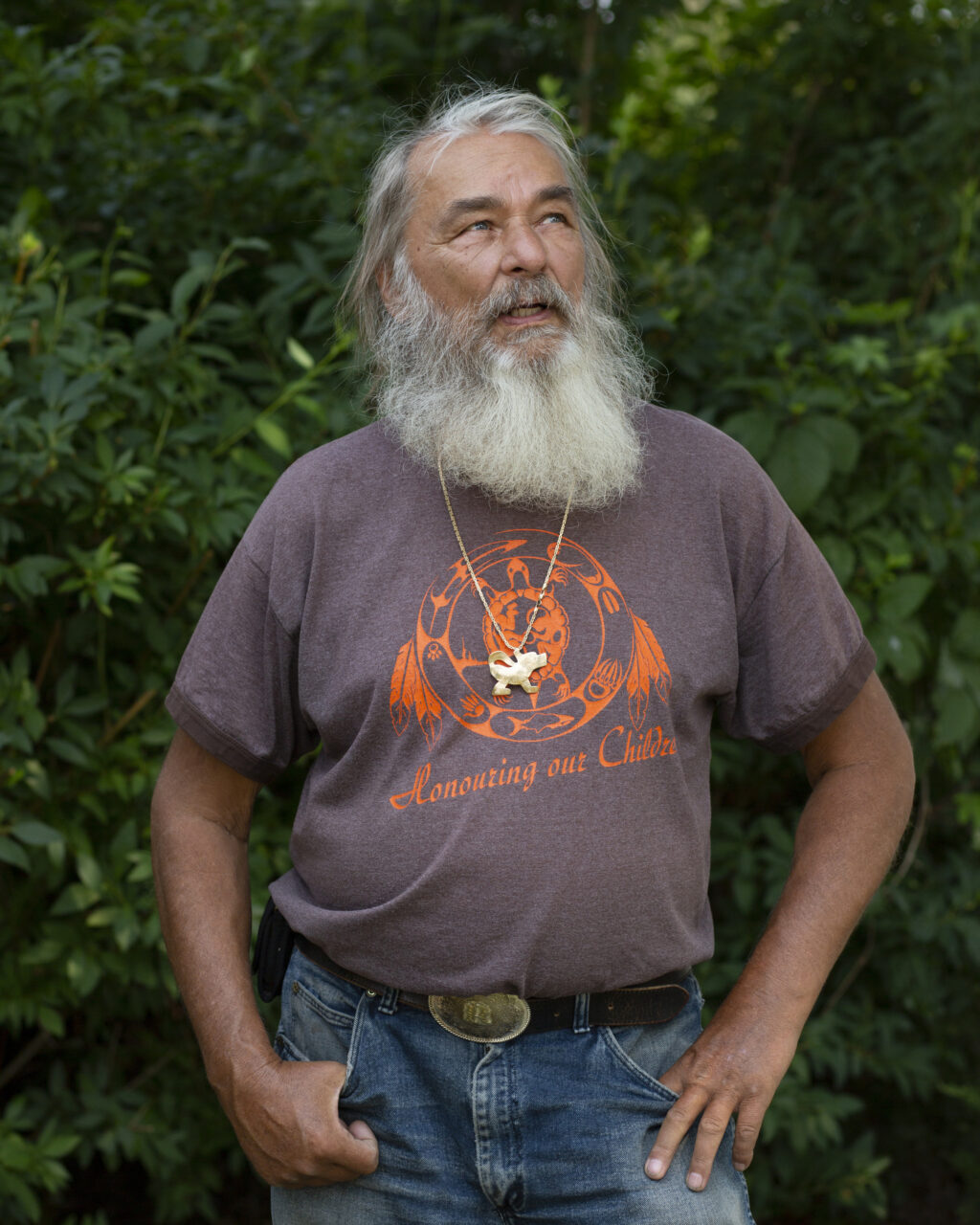
Raymond Stad and his wife Diana have lived just north of Kamloops since 2000. On Wednesday, June 30, they were evacuated from their home. “The government’s response has been less than adequate,”says Stad, who learned of the evacuation order via the internet.
This is the third time in five years Stad has been evacuated from his home due to fire. “Last time they gave us much more warning and it’s not as though they couldn’t see what was coming this time.”
Stad says he is disappointed there has been no help from authorities. “Why are they taking so long to issue a provincial state of emergency? If a city burns down like Lytton and it’s not a state of emergency, I don’t know what is.”
As of July 4, when I spoke to him, Stad’s home was still standing, but the neighbouring properties had burned down. “There was a change in the wind and we got lucky, for now,” he says.
I asked Stad how climate change has had an impact on the wildfires. “I’ve seen a huge change in the years I’ve been here” he says. “We’ve been blessed in this part of the world for a long time. The rest of the world has had their hurricanes and their fires and their disasters, but we’ve got to pay the piper too — payday is here.” Stad says he doesn’t blame Mother Nature. “The way we’ve been treating her, we don’t deserve much more.”
